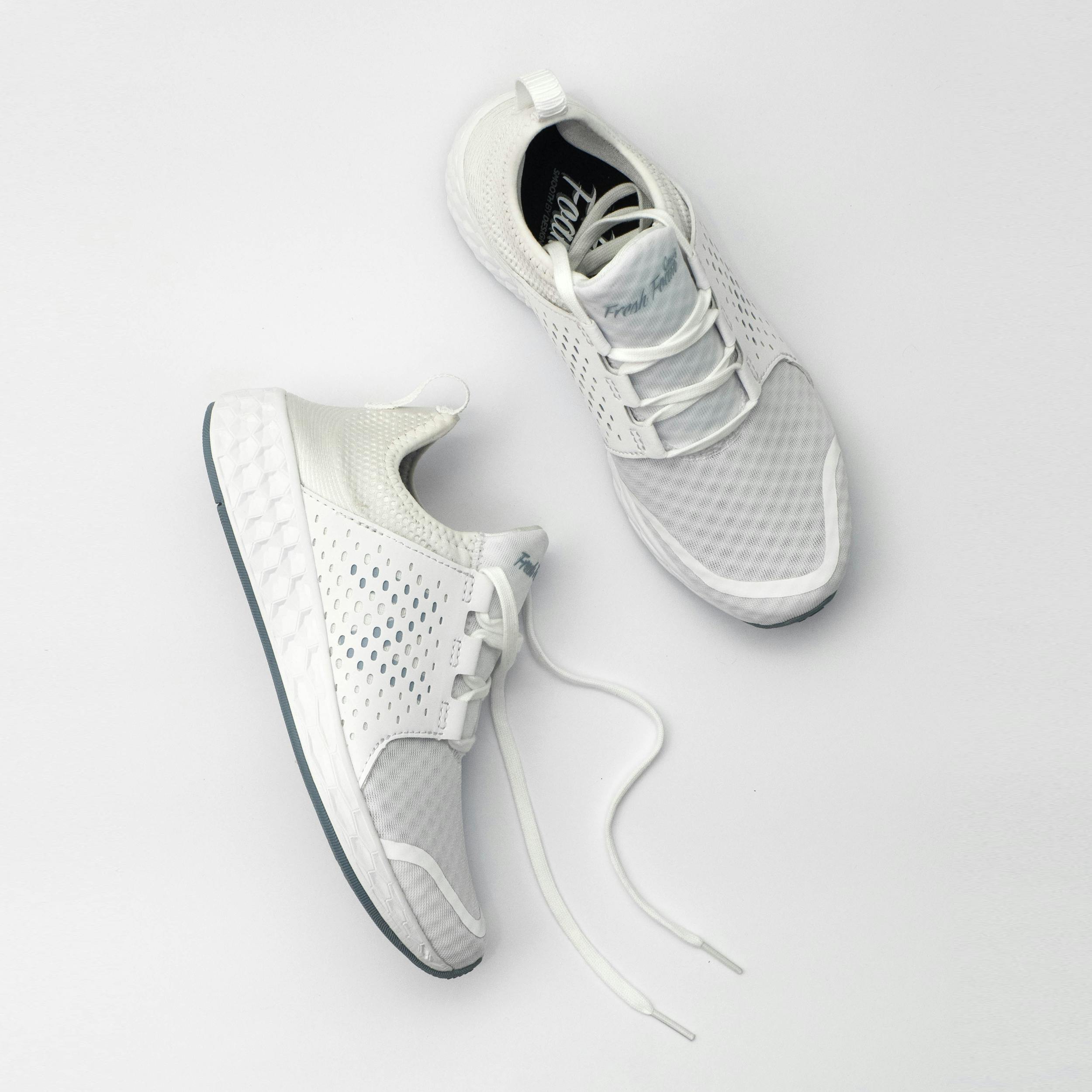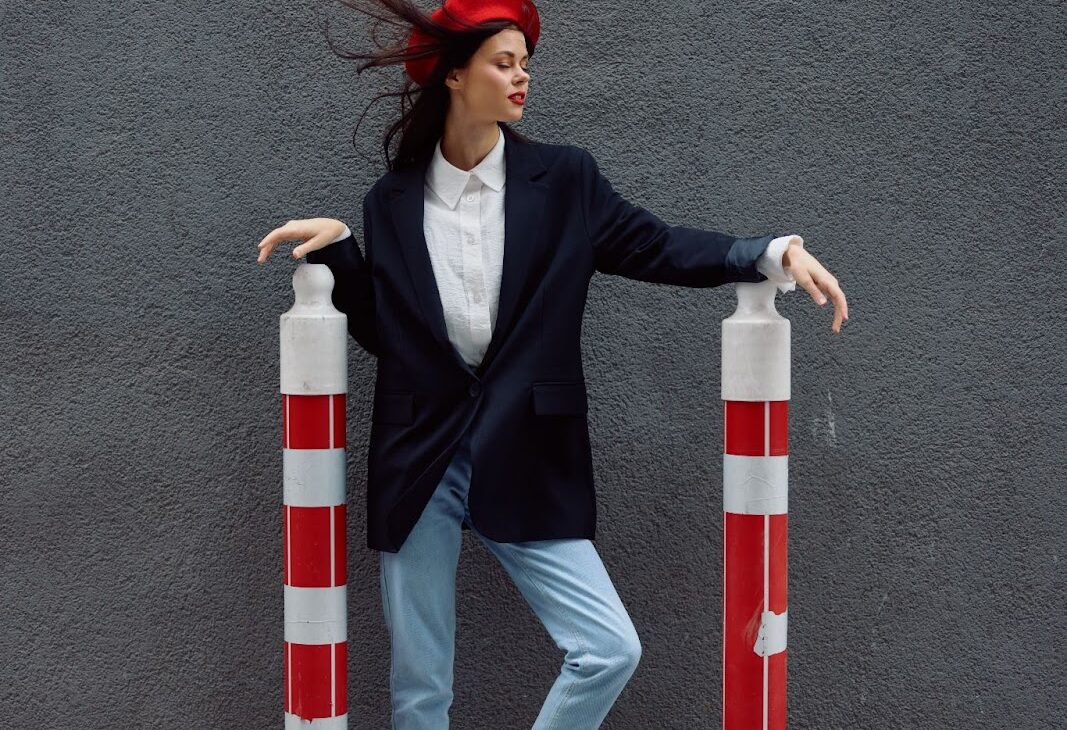As eCommerce continues to evolve, building a successful online store involves more than just snapping product photos with a digital camera or mobile device. Every detail, no matter how small, plays a role in shaping the overall user experience. One crucial yet often overlooked aspect is setting the right image size for your BigCommerce store.
Many store owners struggle with slow load times and poor performance due to improperly sized images. This guide aims to solve this problem by breaking down the key elements of image optimization. Let’s dive in and unravel how to create the perfect layout with high-quality, optimized images that enhance your store’s performance.
Standard BigCommerce Image Sizes by Type
Effective eCommerce image optimization begins with understanding the standard BigCommerce image sizes. While the different image requirements may seem overwhelming at first, knowing the right sizes for product photos, thumbnails, and carousel images can make the process much easier. There are three main categories to focus on—product images, thumbnail images, and carousel images—each with its own ideal sizing needs.
Product Image Size
Product images need to strike a balance between quality and load speed on your product pages. For optimal performance, the recommended size for product images is 1280 x 1280 pixels, ideally in a square format. However, always check your BigCommerce theme guidelines, as they may vary.
Thumbnail Image Size
Thumbnail images are smaller than product images but are essential for navigation and previews. A size of 1000 x 1000 pixels works well, but BigCommerce may automatically scale larger images for thumbnail use.
Carousel Image Size
Carousel images are used for navigation within menus, and these can be smaller without losing quality. A recommended size for carousel images is 267 x 267 pixels, ensuring efficient navigation without compromising user experience.
|
Image Type |
Size (px) |
|
Product Image |
1280 x 1280 |
|
Thumbnail Image |
1000 x 1000 |
|
Carousel Image |
267 x 267 |
By adhering to these standard image sizes, you can optimize your BigCommerce store’s performance while maintaining high-quality visuals for an excellent user experience
Optimizing Image Properties for BigCommerce

To enhance your BigCommerce store’s performance, optimizing not just the size of your images but also their properties is crucial. Properly optimized images improve load times, user experience, and SEO. Here are key properties to focus on:
1. File Format
Choosing the right file format is essential.
- JPEG: Ideal for photographs or images with many colors, as it balances quality and file size.
- PNG: PNG files are best for images that need transparency or for graphics with sharp edges (like logos or icons).
- WebP: A newer format that offers high-quality compression and smaller file sizes, perfect for both photos and graphics.
2. Compression
Compressing images reduces their file size without losing visible quality. Use lossless compression for images that require high detail and lossy compression for those where a small quality reduction won’t be noticeable. Tools like TinyPNG, Adobe Photoshop, or ImageOptim can help.
3. Alt Text
Always include descriptive alt text for images. Alt text helps with SEO and accessibility, ensuring that search engines understand what’s in your images and that users with visual impairments can comprehend them through screen readers. This text will appear in place of an image if it fails to load when customers land on your site.
4. Image Resolution
Ensure that your images have the right resolution for the web. High-resolution images look great but can significantly slow down your page load times. For most eCommerce sites, a resolution of 72 DPI (dots per inch) is sufficient, and ensures good website speed.
5. File Naming
Use descriptive, keyword-rich file names for your images. This can help with SEO by ensuring search engines can crawl and index your images based on relevant search terms.
6. Show Products from Different Angles
Provide multiple images of your products from various angles to give customers a full view. This helps to build trust and ensures that they can examine all aspects of the item before purchase. Include close-ups for fine details or texture and wider shots to show the product in context.
Tools and Techniques for Image Optimization

The right tools and techniques can dramatically enhance your eCommerce performance. Leveraging tools like image resizers, Google PageSpeed Insights, Content Delivery Networks (CDN), and responsive images can significantly speed up your site, improving customer retention and conversions.
Image Resizers
Image resizers are essential for adjusting and optimizing your photos for BigCommerce. Here’s how to make the most of them:
- Use free image resizer to meet BigCommerce’s specific requirements.
- Crop images to fit the specifications of various social media and marketplaces.
- These image manager tools can reduce file sizes without sacrificing image quality, making them invaluable for managing large image libraries.
Google PageSpeed Insights
Google’s PageSpeed Insights is a must-have tool for assessing your website’s page load speed. Faster pages provide a better user experience and improve your site’s search engine ranking, driving more organic traffic. Use it to identify which pages need optimization for faster load times and a smoother browsing experience.
Content Delivery Networks (CDN)
CDNs enhance site speed by storing images on servers closest to your customers. Why use a CDN?
- Reduced Latency: By serving images from servers near the user’s location, CDNs minimize load times.
- Improved Speed: Faster load times improve user satisfaction and contribute to better SEO rankings.
- Global Reach: If you serve an international customer base, using a CDN like BigCommerce’s integrated one ensures smooth, quick access to your site from anywhere in the world.
Responsive Images
Responsive images automatically adjust to the perfect size and good quality based on the user’s device. When uploaded, these images are formatted into different sizes, allowing the browser to select the best one for the current device. This technique ensures large, highest quality images are optimized for both mobile users and desktop views, improving the browsing experience across all devices.
The Importance of Image Sizing in BigCommerce

In BigCommerce, image sizing is far more than just an aesthetic choice—it’s a key factor that can make or break your website’s performance and customer experience. Properly sized images not only improve page speed but also enhance customer interactions and shape the way your brand is perceived, often influencing purchase decisions.
Customer Experience
Image sizing is crucial in delivering a seamless shopping experience. Here’s how:
- First Impressions Count: Product photos are the first thing customers see on your pages. Optimal sizes ensure a sharp, visually appealing first impression that sets the tone for their shopping journey.
- Better Interactivity: Properly sized images make browsing smooth and enjoyable, encouraging visitors to spend more time on your site.
- Encourages Repeat Purchases: A pleasant and effortless shopping experience, driven by well-sized images, fosters customer loyalty and repeat sales.
Website Performance
Large, unoptimized images can slow down your site, causing frustrating load times that deter customers. Slow pages are directly linked to higher bounce rates and lower conversion rates. By optimizing image sizes, you ensure your site runs smoothly, keeping visitors engaged and improving overall performance.
Customer Perception of Your Brand
Overly large or poorly sized images can negatively affect how your products are viewed, leading to concerns about quality. Properly sized, high-quality images help reinforce a professional, trustworthy brand image that encourages purchasing.
Transform Your BigCommerce Store with FlixStudio’s Expert Product Photography
FlixStudio offers a range of services to enhance your e-commerce store, including catalog images, creative visuals, and product videos. We also specialize in model services for clothing product photography, capturing your products with a professional touch that elevates your store’s visual appeal. Optimize your images for better performance and SEO with their expert solutions, ensuring faster load times and higher conversion rates. Take a look at our gallery!
Conclusion
Building a successful eCommerce store goes beyond design and high-quality product images—it’s about optimizing every detail, especially image sizes, to enhance customer experience and performance. In this guide, we learned the importance of image optimization and sizing strategies for a thriving BigCommerce store. With the right techniques—cropping, scaling, saving in ideal formats, and using optimization tools—you can make your images work for you. Take the time to optimize, and let your images speak for themselves, telling the perfect story for your brand.
Frequently Asked Questions
What size is the BigCommerce thumbnail?
In BigCommerce, thumbnails are typically smaller than the main product photos. A 1000-pixel square size or less is ideal for thumbnails, offering a crisp preview without overwhelming your page with excess data.
Where can you add images to BigCommerce?
In BigCommerce, you can add images to your product descriptions, categories, web pages, blog posts, carousels, and navigation menus. Integrated tools like the image manager even allow you to upload images directly from your computer onto your BigCommerce site.



